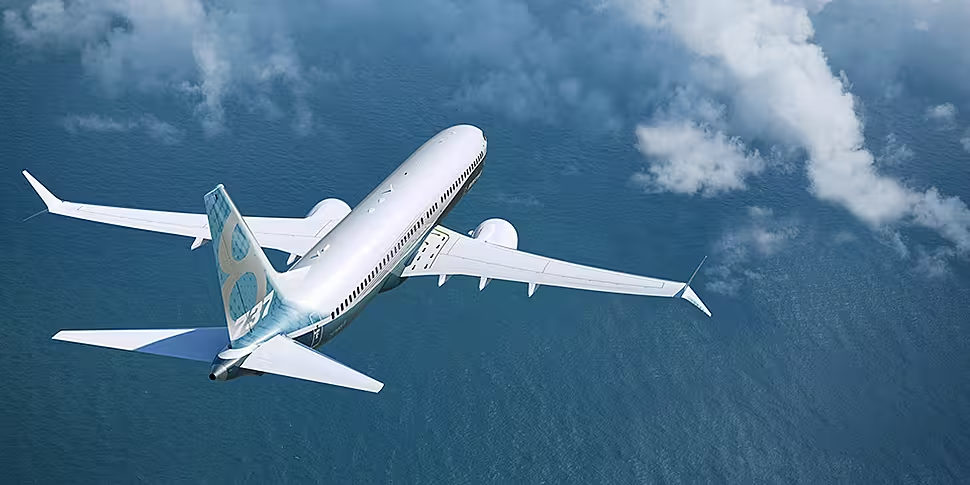The US aircraft manufacturer Boeing has admitted a key sensor malfunctioned on two of its 737 Max 8 planes, which crashed and killed all on board in separate incidents.
It came after preliminary findings from an investigation into a deadly crash in Ethopia last month drew the strongest link yet between that incident and an October crash off the coast of Indonesia.
Both aircraft had an automated system that pushed down the nose when sensor readings detected the danger of an aerodynamic stall.
The preliminary Ethopian Airlines report on Thursday showed the faulty sensor sparked a series of events that caused the pilots to lose control of the plane.
All 157 who were on board died, including Irishman Micheál Ryan.
The problems were similar to those reported on the Indonesian Lion Air flight that crashed last October, killing all 189 on board.
 Wreckage lies at the scene where the Ethiopian Airlines Boeing 737 Max 8 crashed shortly after takeoff on Sunday killing all 157 on board, south of Addis Ababa, Ethiopia | Image: Mulugeta Ayene/AP/Press Association Images
Wreckage lies at the scene where the Ethiopian Airlines Boeing 737 Max 8 crashed shortly after takeoff on Sunday killing all 157 on board, south of Addis Ababa, Ethiopia | Image: Mulugeta Ayene/AP/Press Association ImagesBoeing's chairman, president and CEO Dennis Muilenburg issued an update on Thursday.
He said: "We at Boeing are sorry for the lives lost in the recent 737 MAX accidents.
"These tragedies continue to weigh heavily on our hearts and minds, and we extend our sympathies to the loved ones of the passengers and crew on board Lion Air Flight 610 and Ethiopian Airlines Flight 302.
"All of us feel the immense gravity of these events across our company and recognise the devastation of the families and friends of the loved ones who perished.
The full details of what happened in the two accidents will be issued by the government authorities in the final reports, but, with the release of the preliminary report of the Ethiopian Airlines Flight 302 accident investigation, it's apparent that in both flights the Maneuvering Characteristics Augmentation System, known as MCAS, activated in response to erroneous angle of attack information.
"The history of our industry shows most accidents are caused by a chain of events.
"This again is the case here, and we know we can break one of those chain links in these two accidents.
"As pilots have told us, erroneous activation of the MCAS function can add to what is already a high workload environment. It's our responsibility to eliminate this risk. We own it and we know how to do it."
The report from Ethiopia's air accident investigation bureau said sensor problems began about a minute after the aeroplane was cleared for take-off.
It said air speed and altitude values on the left side of the Ethiopian Airlines jet conflicted with data from the right sensor, causing flight control problems.
Eventually the pilots could not keep the aircraft from plunging to the ground.
The Ethiopian investigators did not specifically mention the MCAS, but recommended that Boeing review "the aircraft flight-control system related to the flight controllability".
The 737 Max has been grounded worldwide in the wake of the Ethiopia crash, pending Boeing's software fix, which still needs to be approved by US and other regulators.









